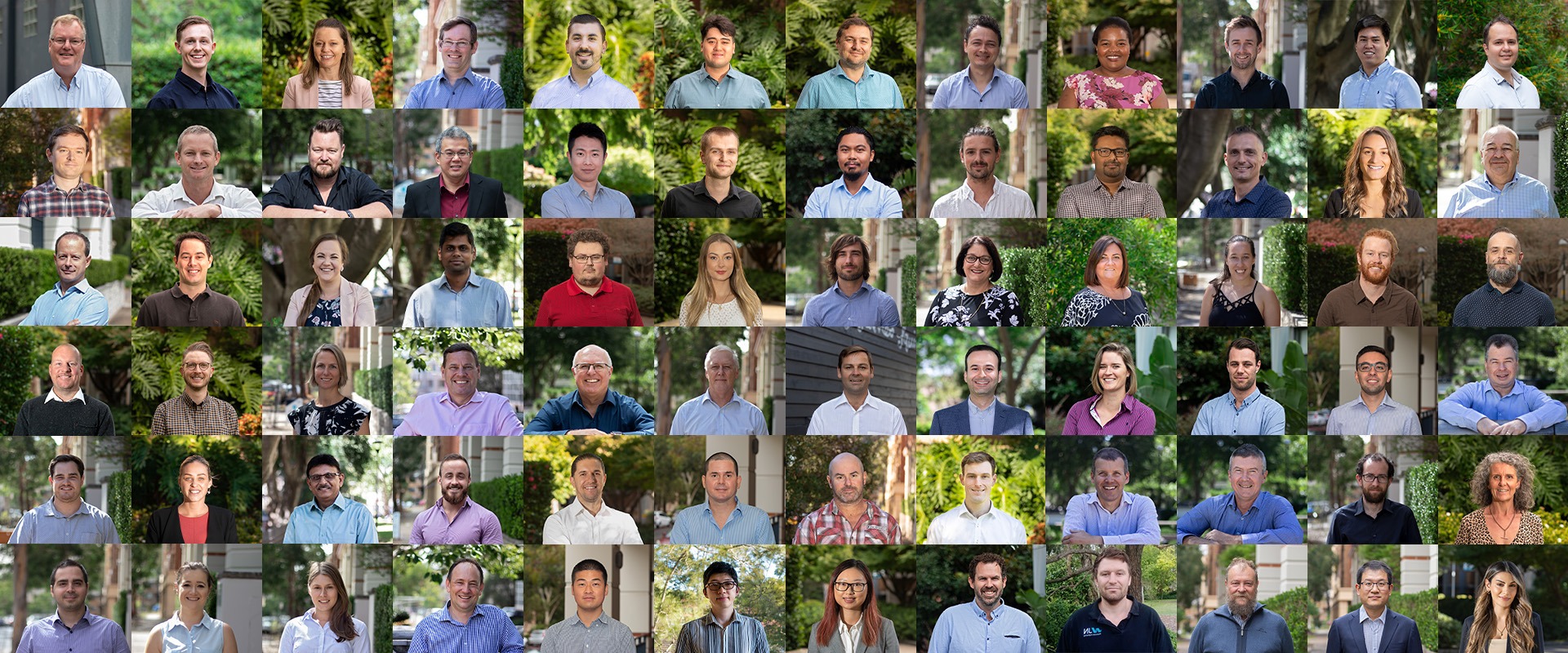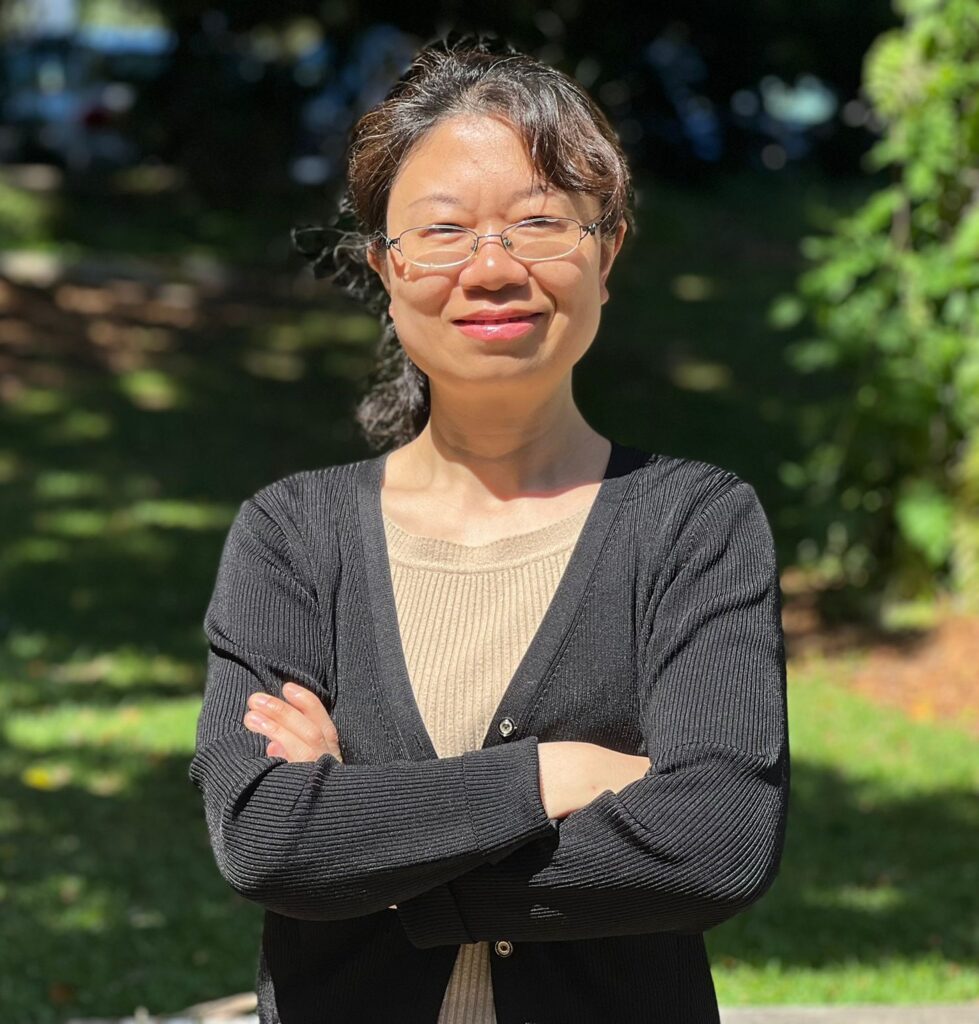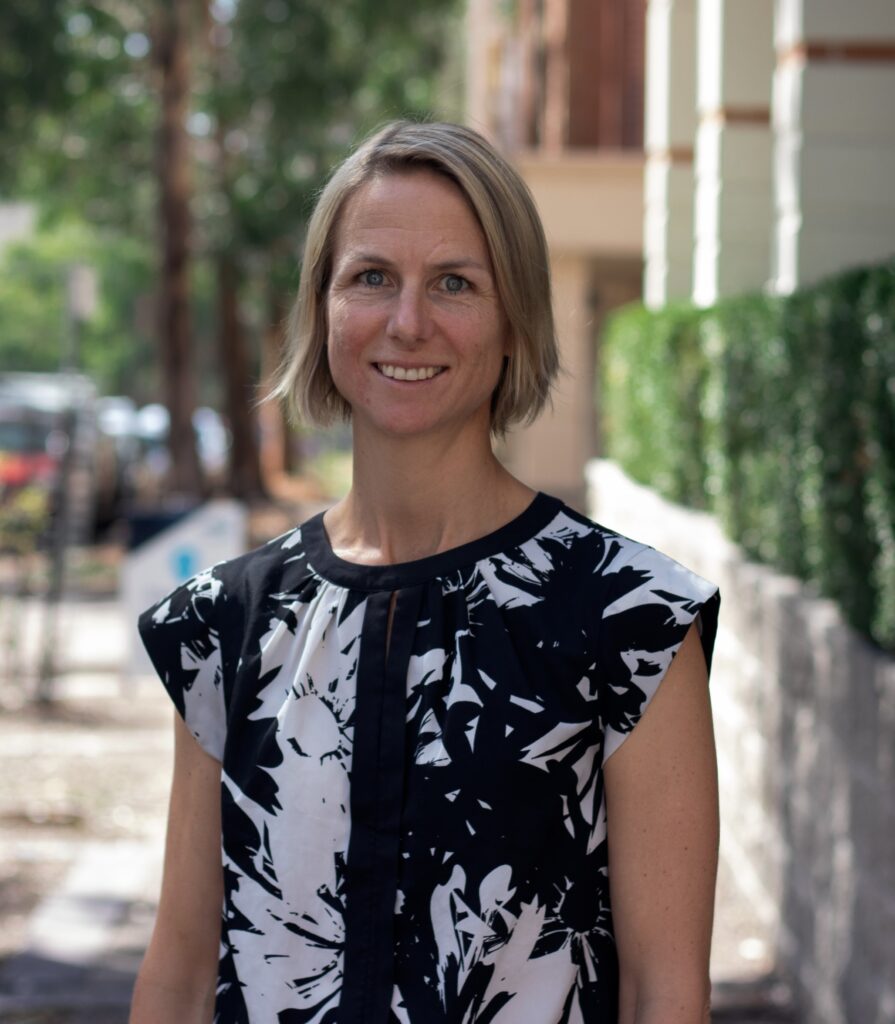
Women in the engineering industry
With only 11.2 percent of working engineers in Australia being women – we want to celebrate our women in the engineering industry.
We have done a Q&A with our female JN team staff and would like to share.
Selina Cheng | Civil Designer
Q – Tell us a little about who you are, and what you do?
A – I am Selina Cheng and I am one of the Civil Designers at JN. I joined JN last November (2022) . My job is mainly focused around using the 12D design program to do site designing and modelling and to prepare full civil documentation so that they are ready for submission.
Q – What sparked your interest in engineering? Can you describe the moment you realized this was a field you’d like to pursue?
A – I am interested in engineering and that’s the area I am focused for pursuing as my career. I like civil engineering as every project is unique and interesting. I always think about how to design by using good engineering principals and following the design guidelines.
Q – Many people imagine engineers sitting in their offices and making calculations all day. What are the biggest misconceptions people have about your job?
A – Engineering is not always what people perceive it to be. Engineers also need to go to site inspections and attend site meetings.
Q – What is it like to be a woman in engineering? Do you feel that your gender gives you a different perspective and experience from your male counterparts? Any advantages?
A – I guess as a woman working in engineering, maybe I tend to pay more attention to the details and maybe overcome pressure wisely.
Q – What advice do you have for women interested in engineering? What kinds of practical experience should they have? What technical skills should they pick up?
A – Women can choose engineering if they are interested. But I think they should focus more on improving their personal skills to being an engineer/designer, for example critical thinking, pressure management, attention to detail.


Niusha Moeini | Remedial Design Engineer
Q – Tell us a little about who you are, and what you do?
A – My name is Niusha Moeini. I am a Remedial Design Engineer with a Civil Engineering degree with honours from the University of Technology Sydney. I have been working as a remedial engineer for almost 2 years and have been with JN since May 2022. My role involves assessing and designing solutions to repair or improve existing structures or systems to ensure they meet current safety and performance standards.
Q – What sparked your interest in engineering? Can you describe the moment you realized this was a field you’d like to pursue?
A- My interest in engineering was sparked by my natural curiosity about how things works and my desire to solve problems. I remember being fascinated by the design and construction of buildings and infrastructure from a young age. This curiosity finally led me to pursue a degree in Civil Engineering.
Q – Could you tell us a little about the challenges you’ve faced being a woman in engineering, and what you’ve done to overcome them?
A – As a woman in the engineering filed, I have faced challenges related to unconscious bias and limited opportunities for advancement in a male-dominated field. To address these challenges, I have focused on continually improving my skills and knowledge through professional development and staying current with the latest industry trends. I have also taken advantage of opportunities to network with other engineers and colleagues in the industry.
Overall, I have found that the best way to overcome these challenges is by being confident in my abilities, working hard to constantly improve.
Q – Many people imagine engineers sitting in their offices and making calculations all day. What are the biggest misconceptions people have about your job?
A- While we do spend time in the office, our role involves much more than just calculations. We are problem solvers who work to design and implement solutions to real-world problems. This often involves working on site, collaborating with other professionals, and using our technical knowledge to find creative and innovative solutions. Another misconception is that engineers work in isolation, when in fact, we work in teams and regularly communicate with clients, contractors, and other stakeholders. Engineering is a dynamic and challenging field that requires collaboration, critical thinking, and a deep understanding of the technical aspects of design and construction.
Q – What is it like to be a woman in engineering? Do you feel that your gender gives you a different perspective and experience from your male counterparts? Any advantages?
A – Being a woman in engineering can come with its own unique set of challenges, such as unconscious bias and limited opportunities for advancement in a male-dominated field. However, being a minority in the field can also bring unique advantages, such as being able to offer a different perspective and bring diversity to the workplace. Women in engineering can bring new ideas, approaches, and solutions to the table, which can drive innovation and result in better outcomes for everyone. Additionally, being a female engineer can also be an opportunity to inspire and encourage other women to pursue careers in STEM fields, which is important for promoting diversity and inclusion in the industry. Ultimately, being a woman in engineering is a rewarding and challenging experience that requires determination, hard work, and a passion for problem-solving and making a positive impact on society.
Maria Batman | Remedial / Structural Project Engineer
Q – Tell us a little about who you are, and what you do?
A – My name is Maria and I live in a house close to the Royal National Park with my husband, 3 kids, a dog, a bunny and five chickens. I am Swedish and moved to Australia in 2010. I’m quite outdoorsy and love hiking or running in the bush. I also play soccer in my free time. A lot of my free time is otherwise used to support my kids in all their sporting activities.
I work as a Remedial and Structural Project Engineer at JN, I design new building work, strengthening works, and remediation works to defect buildings. I mainly work with buildings but also small bridges and other structures.
Q – What sparked your interest in engineering? Can you describe the moment you realized this was a field you’d like to pursue?
A – I’ve always liked building things and been curious about how things work. I used to work with my dad through the summers from when I was around 13 years old doing various property maintenance and building work, so the construction industry was close at hand, however, after high school I studied computer science for a couple of years because it seemed like it was the way of the future. I realised quite soon that my heart wasn’t in it and changed paths into civil/structural engineering. I think it was during a “Data structures and algorithms” class, listening to my fellow students being super excited about the subject, that I realised that I needed to study something I enjoyed and had an interest in.
Q – Could you tell us a little about the challenges you’ve faced being a woman in engineering, and what you’ve done to overcome them?
A – There have been a few times where I have been treated a bit softer than I think I would have if I were male and that can be a bit annoying. I had a client suggest that he would go into the subfloor area for me and take photos rather than I go in myself where I had to kindly refuse that help and explain that I needed to see it for myself.
There was also a time when I worked as a site manager when a new client representative came into the site office where only I and a female site foreman was. He looked around and said “Where is everyone?” He was quite embarrassed when the question marks had been straightened out
Q – Many people imagine engineers sitting in their offices and making calculations all day. What are the biggest misconceptions people have about your job?
A – I haven’t really thought about what other people think. I don’t sit at my desk all day. It’s a very varied job.
Q – What is it like to be a woman in engineering? Do you feel that your gender gives you a different perspective and experience from your male counterparts? Any advantages?
A – I think it is very valuable to have different perspectives in a project team, whether that is gender, cultural background etc. Generally I have found that it has been an advantage to be a woman. You stand out a bit and people you meet tend to remember who you are. I feel like I have had opportunities in my career because I have been a woman.
Q -What advice do you have for women interested in engineering? What kinds of practical experience should they have? What technical skills should they pick up?
A – I think an interest in construction and how things work is a good start. Don’t be afraid to ask questions and be open about not knowing everything. I think experience from working on a construction site is valuable. I worked out on site for a couple of years after I graduated and that not only taught me people and project management, but also gave me a firsthand insight to how a well thought out detail that is simple to construct on site is almost always a better solution than something complicated or custom to that specific situation.

